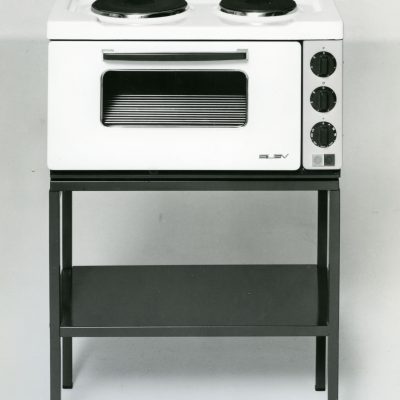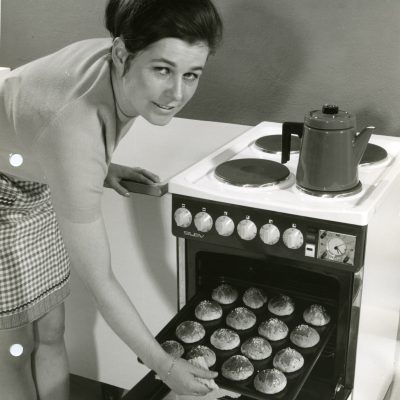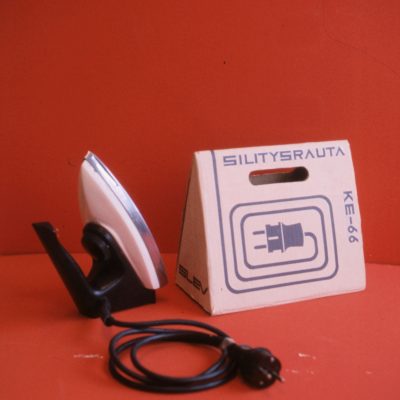Pioneering at a household appliance factory
Pekka Wikström started working at Oy Slev Ab’s household appliance factory in 1963. Wikström’s career as a designer however, things didn’t quite get off to the start he had hoped for, as his first designs – a toaster, iron and coffee machine – never made it into production. This was due to the price competition on the market with East German electrical equipment manufacturers. Germany had started to produce electrical appliances at very low prices, and Slev did not engage in this price competition, but concentrated on the production of cookers and other larger electrical appliances.
Wikström felt that in the early days of his career, Slev was in many respects a pioneering enterprise: “In the early 1960s, the electrification of the Kuopio and North Karelia counties, among others, was being improved, and there were many houses in the region without any electric household appliances. Slev’s miniature stove, the two-plate stove, became the first electric stove for many homes.”
However, the manufacture of electrical equipment grew and diversified rapidly. At Slev, product development work was carried out in cooperation with TTS, electricity utilities and the rural population. Wikström said that Slev staff listened attentively to the needs of the mothers at the fairs and agricultural exhibitions. The information obtained was used in the design of the products. Foreign influences were also reflected in the design of the products: “At Slev, the household appliance designs were inspired by products from Braun in West Germany. Erik Isomaa, CEO of Slev, travelled the world to fairs and exhibitions, bringing back information on latest trends. Inevitably, our models had the spirit of Braun, although we try to give them a Slev style.”
- Stove Slev-PLU 70
- King cooker SL 421
- Iron KE-66


